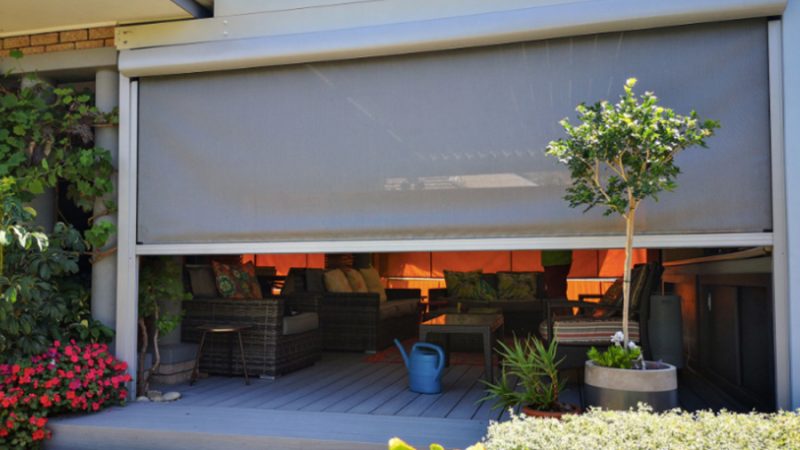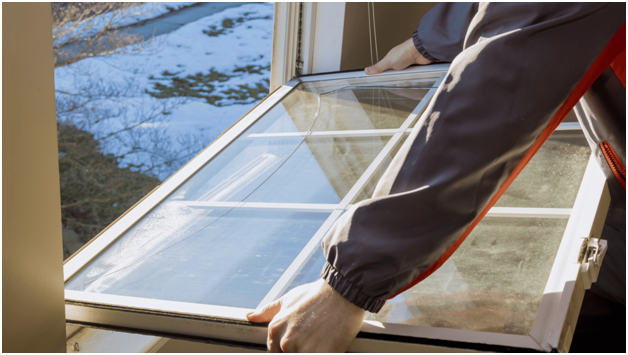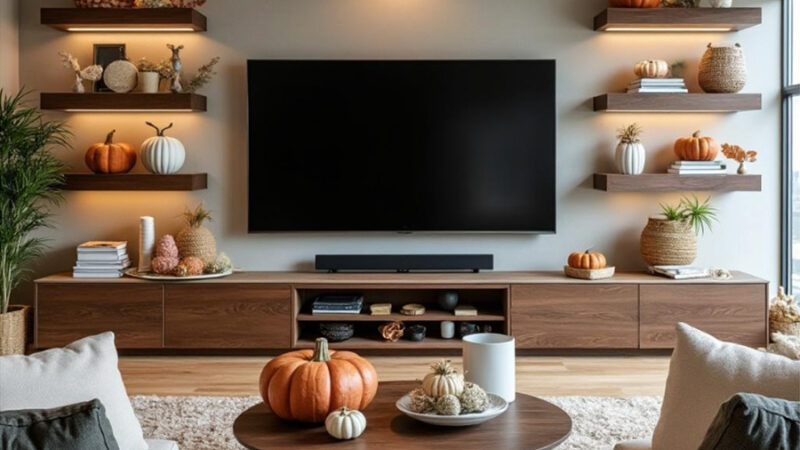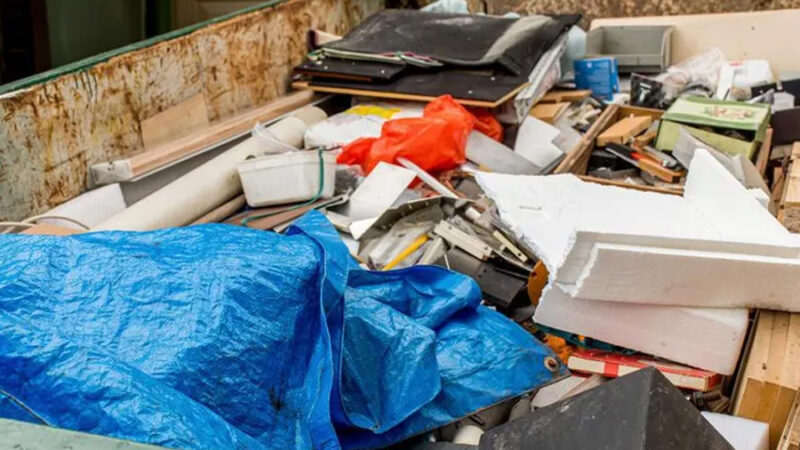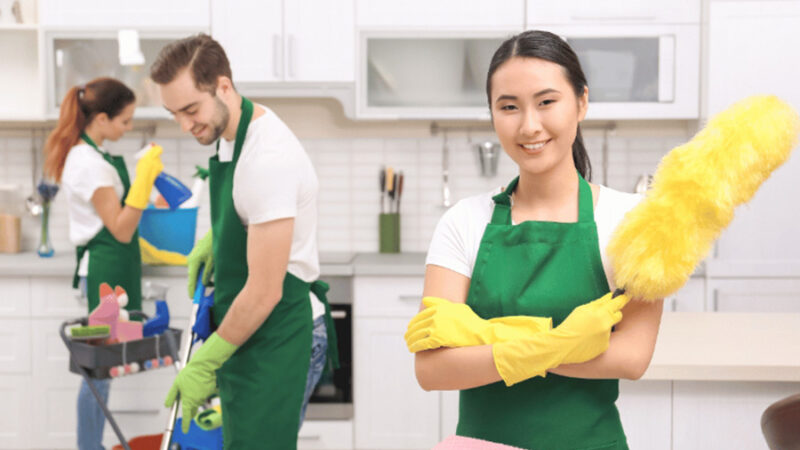Evaporative Cooler Efficiency Tips
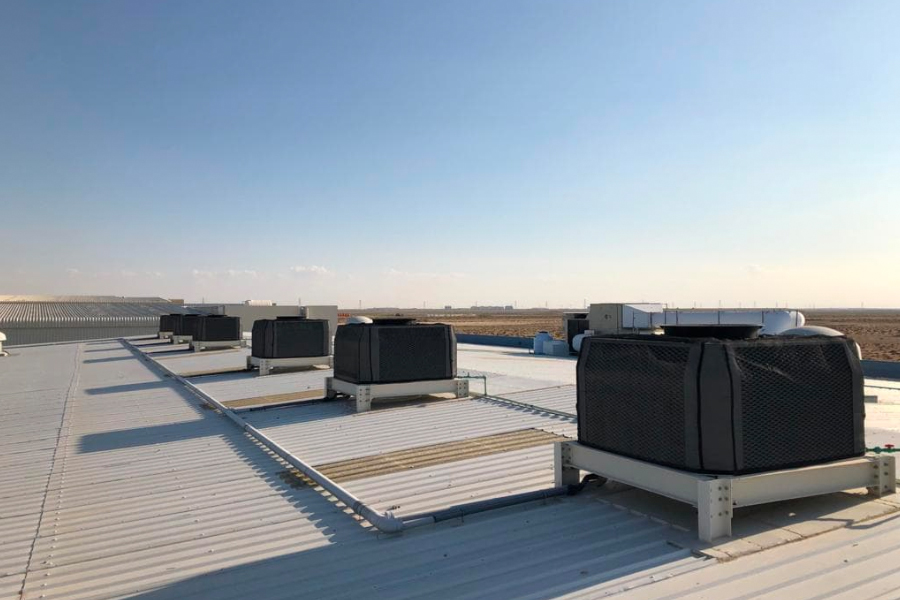
On warmer days, keeping your home cool is particularly crucial. Many consumers want an affordable, dependable, and ecologically friendly cooling system.
There are several house-cooling systems. This includes the system, ducts, and vents circulating Air throughout the home. Others may need help utilizing them and prefer the simpler chilled system. Some blend the two for various portions of their land. You may discover many favorable reviews about evaporative cooling systems online.
Air-Cooling
Evaporative cooling is straightforward. Heat is absorbed from the Air by turning liquid water into water vapor. This method reduces air temperature and allows fresh air to flow through the property, which also cools.
Air conditioning involves water, pads that can store water and enable Air to pass through, and a fan. Several things affect this system’s functionality. They work well in low-humidity conditions. When air moisture is high, it can’t affect air temperature greatly.
Safe Evaporative Cooling
They can only cool slowly as refrigerant-based systems. Evaporative cooling air conditioning doesn’t need hazardous refrigerant gases or a compressor that loves to use power. They utilize 50{13de42d20a9e80f25396ead9be8688686366e6031fe59ffe7a0e7e64b5877298} less electricity than refrigerant-based systems, reducing greenhouse gas emissions. Some refrigerant-based reverse cycle air conditioning systems are energy efficient, but most aren’t.
Property Evaporative Cooling Systems
Hotter and drier days will increase this loss. This is an expense for the system owner, and the water system should be monitored.
A fan on the roof pumps fresh Air into a duct. Cooling pads are blown with Air. The cooling pads are kept moist by pumping water from a system reservoir. As Air flows past the pad, heat is transmitted to the water, releasing water vapor. This creates damp, cold Air. It flows via ducting into rooms through vents.
Airflow Is Crucial
The property needs good airflow. Damp Air in rooms may produce wetness on walls, ceilings, furniture, windows, doors, and door frames. Mold and wood swelling might result.
Evaporative cooler require in-and-out airflow. Windows should be opened enough so Air flows gradually out, maintaining balance and maximal efficiency. Adjust your airflow and enjoy bay breezes for evaporative cooling US.
Choose A Suitable Unit
A property-sized evaporative chiller is needed. Unlike refrigerated systems, a slightly bigger evaporative system won’t impair efficiency. It must move enough Air on hot days to keep your home pleasant. Adjustable airflow and temperature are key to maximizing the evaporative process’s effects.
Cleaning Cooling Pads
Keeping them clean reduces the chance of contaminants clogging them and slows the buildup of minerals in your water. The cleaner the pads, the better the airflow. How often you clean the pads depends on air and water dust levels.
New Pads
Clean pads work better. Even with regular cleaning, they clog. This reduces airflow and system efficiency. How long you may wait before installing new pads depends on local dust and minerals. Monitor your system’s efficiency to decide whether to modify it.
System Cleaning
The reservoir’s water cools the pads. This system must be clean so that water may flow smoothly and the pads receive enough water for maximal performance. Water will flow properly if the system is clean.
Wetting The Cooling Pad
System efficacy depends on pads receiving enough water. If not, the water system may be dirty. Check water system components. If you can’t find the problem, you may need to call a technician.


